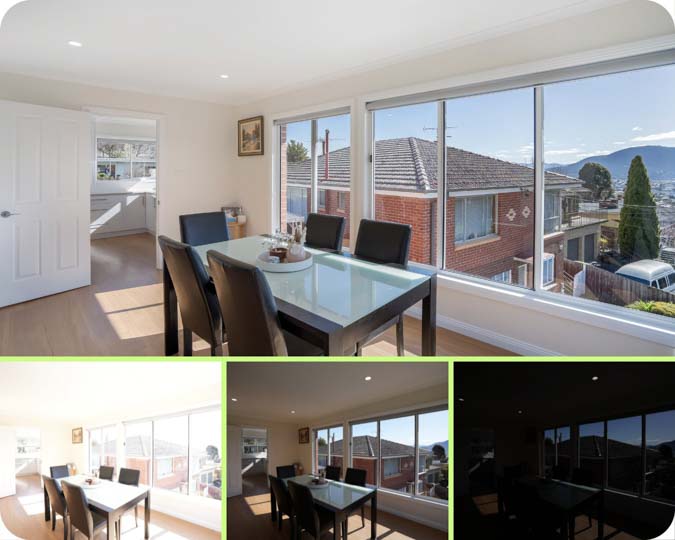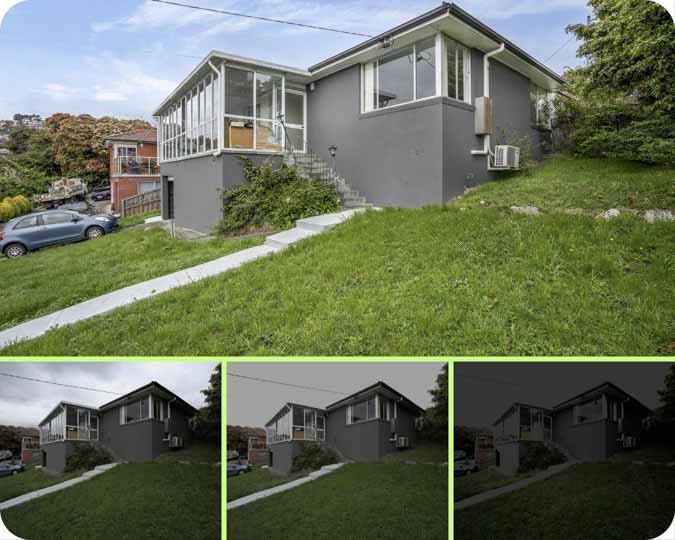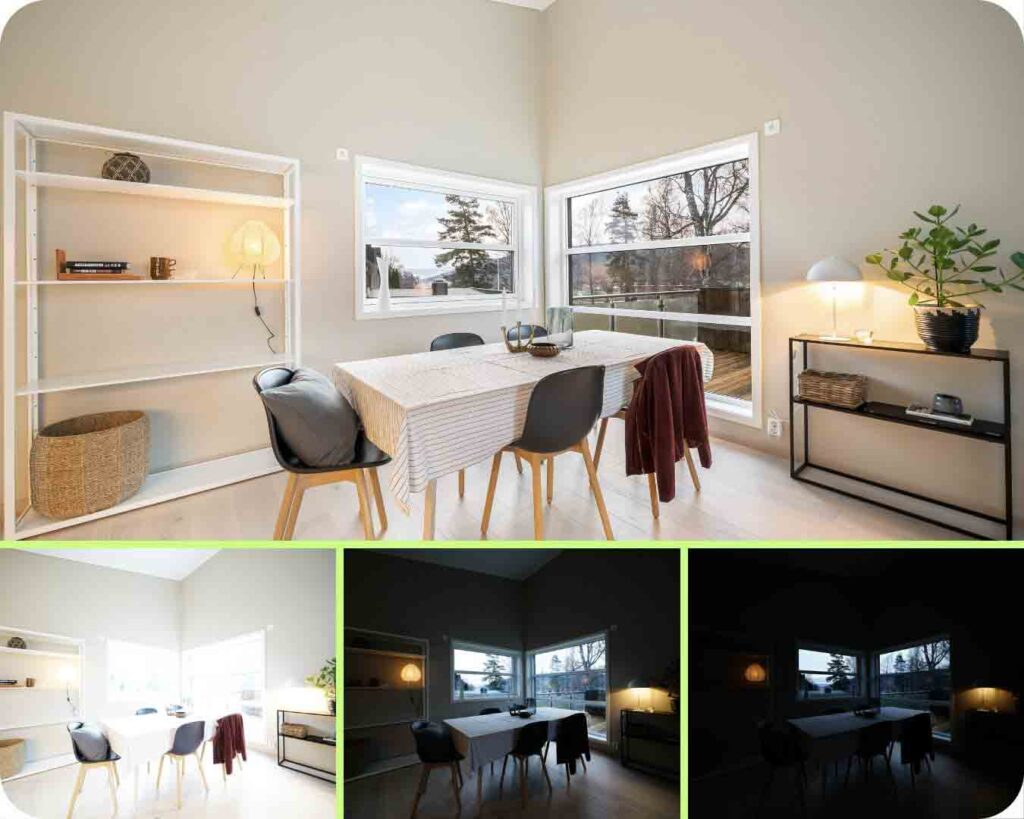Dos and Don’ts of HDR Photography
HDR photography has become increasingly popular in recent years, as it allows photographers to capture a greater range of luminosity in a scene, resulting in more detail and color depth. This technique involves taking multiple shots of the same scene at different exposures, then merging them into a single image using specialized software. The result is a photo that has a wider dynamic range than what would be possible with a single exposure.
While HDR photography can produce stunning results, there are some dos and don’ts that photographers should keep in mind when using this technique. Here are some tips on how to get the best results with HDR photography.
Table of Contents


Shoot in RAW format
One of the most important things to keep in mind when shooting HDR photos is to shoot in RAW format. RAW format captures more detail and information than JPEG, which is important for HDR photography. Shooting in RAW format will allow you to have more control over the final image during post-processing.
When you shoot in RAW format, you have access to all the data that the camera sensor records. This means that you can adjust the exposure, white balance, and other settings during post-processing without losing any detail. This is important for HDR photography because it allows you to create a final image that accurately reflects the scene you captured.

Overuse HDR
While HDR can enhance your photos, overusing it can result in an unnatural and unappealing image. Use HDR sparingly and only when necessary to achieve the desired effect.
When you overuse HDR, the resulting image can look fake and artificial. This is especially true if you use a software program that applies a lot of processing to the image. To avoid this, be selective about when you use HDR and only apply it when it is needed to achieve the desired effect.

Use a tripod
HDR photos require multiple shots of the same scene at different exposures, and any movement between the shots can cause problems during post-processing. Using a tripod will help ensure that all shots are aligned perfectly.
When you use a tripod, you can be sure that the camera stays in the same position throughout the entire sequence of shots. This is important for HDR photography because any movement between shots can make it difficult to align them during post-processing. A tripod also allows you to take longer exposure times, which can help capture more detail in the shadows and highlights.

Use a high ISO
A high ISO can introduce noise and reduce image quality. Use a low ISO setting and longer exposure times to capture more detail in the shadows and highlights.
When you use a high ISO, you increase the sensitivity of the camera sensor, which can result in a grainy image. This is especially true in low-light situations, where the camera may need to use a higher ISO to achieve the desired exposure. To avoid this, use a low ISO setting and longer exposure times to capture more detail in the shadows and highlights.


Bracket your shots
Bracketing involves taking multiple shots of the same scene at different exposures. This is essential for HDR photography because it allows you to capture the entire dynamic range of the scene.
When you bracket your shots, you take multiple shots of the same scene at different exposures. For example, you might take three shots – one at the correct exposure, one underexposed, and one overexposed. This allows you to capture detail in the shadows and highlights that would be lost in a single exposure. When you merge these shots together, you create an image that has a wider dynamic range

Use auto settings
When shooting HDR photos, it’s important to have control over your camera settings. Using auto settings can result in inconsistent exposures between shots, which can cause problems during post-processing.
Auto settings are designed to adjust the camera’s settings based on the scene, but this can result in different exposures between shots. This can make it difficult to merge the shots together during post-processing, as the software may not be able to align them correctly. To avoid this, use manual settings to ensure that all shots have the same exposure.

Use a remote trigger or self-timer
Using a remote trigger or self-timer can help eliminate camera shake and ensure that all shots are aligned perfectly.
When you press the shutter button, it can cause the camera to move slightly, which can result in misaligned shots. Using a remote trigger or self-timer can help eliminate this problem by allowing you to take the shot without physically touching the camera. This can help ensure that all shots are aligned perfectly and can save you time during post-processing.

Over-process your images
Over-processing your images can result in an unnatural and unappealing image. Use processing techniques sparingly and only when necessary to achieve the desired effect.
When you over-process your images, you can end up with an image that looks fake and artificial. This is especially true if you use a lot of processing techniques to enhance the image. To avoid this, be selective about the processing techniques you use and only apply them when they are needed to achieve the desired effect.


Experiment with different software programs
There are many software programs available for merging HDR photos, and each has its own strengths and weaknesses. Experiment with different programs to find the one that works best for you.
When it comes to merging HDR photos, there are many software programs available, each with its own strengths and weaknesses. Some programs may be better at aligning shots, while others may offer more control over the final image. Experiment with different programs to find the one that works best for you and your workflow.

Ignore composition
While HDR can enhance your photos, it’s important not to forget about composition. Pay attention to the rule of thirds, leading lines, and other compositional techniques to create a visually appealing image.
HDR can enhance your photos by capturing more detail and color depth, but it’s important not to forget about composition. The rule of thirds, leading lines, and other compositional techniques can help create a visually appealing image. When shooting HDR photos, pay attention to composition to create a balanced and aesthetically pleasing image.
Conclusion
In conclusion, HDR photography is a powerful technique that can help you capture more detail and color depth in your photos. By following these dos and don’ts, you can create stunning HDR images that accurately reflect the scene you captured. Remember to shoot in RAW format, use a tripod, bracket your shots, and be selective about when you use HDR. By following these tips, you can take your HDR photography to the next level.
